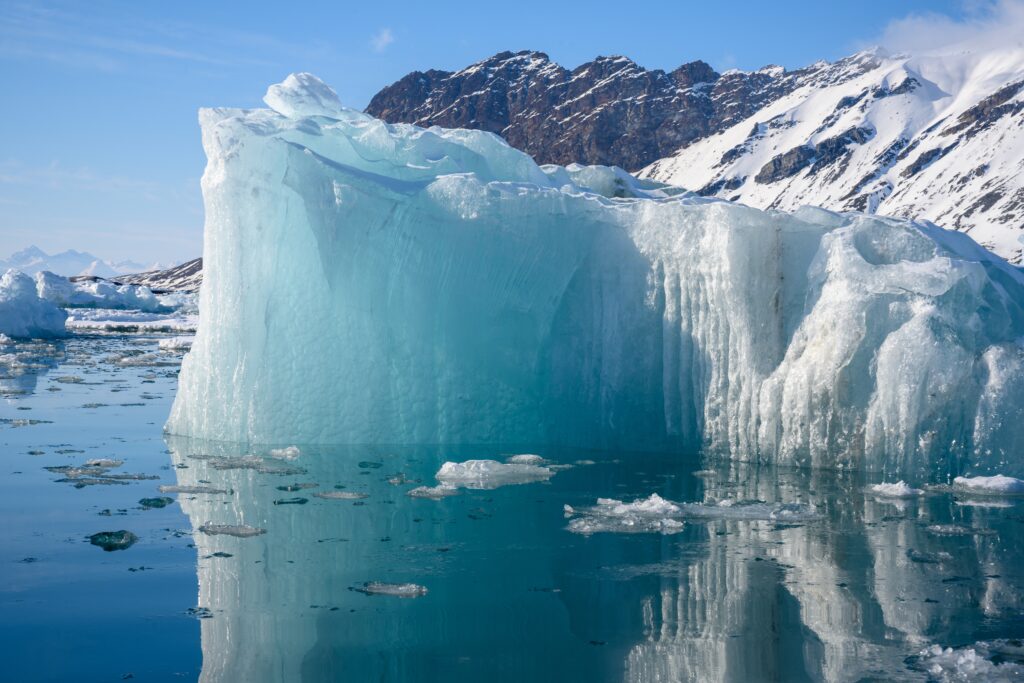Huge icebergs, some as large as modern cities, once floated near the shores of Britain, a new study shows. Researchers from the British Antarctic Survey found deep marks on the seabed of the North Sea. These marks were made by giant icebergs that passed through the area 18,000 to 20,000 years ago. The discovery gives important clues about how the ice sheet covering Britain and Ireland melted during the last ice age. Experts say the findings could also help us understand what may happen to Antarctica’s ice in the future as the planet warms.
Traces of Ancient Icebergs Found on the Seabed
The large grooves were found on the seafloor between Scotland and Norway. These marks are known as “plough-marks.” They show the paths of icebergs that scraped along the seabed. The evidence was collected during seismic surveys done for oil and gas research.
Dr. James Kirkham from the British Antarctic Survey described the icebergs as “huge, flat-topped structures.” He said they were the size of cities like Cambridge or Norwich. Some were hundreds of meters thick. These giant icebergs likely broke off from ice shelves as the climate warmed after the last ice age.
Ice Shelf Collapse May Have Fueled Iceberg Drift
Researchers noticed that around 18,000 years ago, there was a big change in the iceberg tracks. Before that time, only a few large icebergs left marks. After that, the seabed shows trails from many smaller icebergs. This pattern suggests that the ice shelves collapsed suddenly, allowing more icebergs to break off and drift.
Dr. Kelly Hogan, who co-authored the study published in Nature Communications, compared this collapse to what happened in Antarctica in 2002. Back then, the Larsen B Ice Shelf broke apart in just a few weeks. Meltwater had caused cracks to grow quickly. This led to faster movement of glaciers into the ocean.
Lessons for Today: What This Means for Antarctica
Ice shelves act like dams. They stop glaciers from sliding quickly into the sea. When they collapse, glaciers move faster and add more water to the ocean. This causes sea levels to rise. The ancient ice plough-marks show that the British and Irish ice sheet once shrank at speeds of up to 300 meters per year.
It is still unclear if the ice shelves broke first and caused the retreat or if they just responded to warming that was already underway. With better tools, scientists hope to find out soon.
Dr. Rob Larter from the British Antarctic Survey said we should watch for similar signs in Antarctica. If we start to see more small icebergs and fewer large ones, it might mean another major ice loss is about to begin.
A Window Into the Past and a Warning for the Future
Understanding how ancient ice sheets collapsed can help scientists predict what might happen as Earth keeps warming. Rising temperatures are already affecting Antarctica. Large icebergs have broken off in recent years, and more collapses could follow.
By studying seabed marks and using modern satellite data, researchers can spot warning signs early. That knowledge could be key to planning for rising sea levels and protecting coastal communities worldwide.
